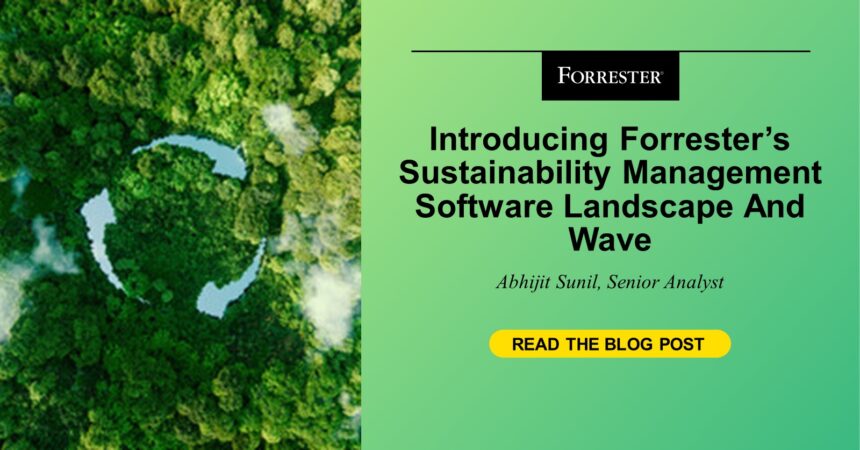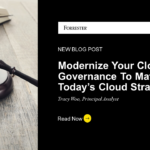Investing in sustainability management software is an important business imperative not only to be complaint to sustainability regulations, but also to drive an environmental sustainability strategy, optimize metrics and reporting, and have good corporate sustainability data management practices especially if you need to prove you are doing what you said you would. Forrester defines the market as:
Software that performs sustainability data collection, calculation, and reporting to help organizations assess, plan, and execute sustainability strategies that meet demands from customers, regulators, and investors; address growing compliance requirements from various standards and frameworks; and manage sustainability opportunities and risks.
Environmental sustainability is a compliance, accounting, and data management problem for companies. The sustainability management software market is expanding rapidly and so are the capabilities these solutions offer. Emerging regulations, such as the SEC’s climate-related disclosure rules, California’s Climate Corporate Data Accountability Act (SB 253) and Climate-Related Financial Risk Act (SB 261), and the EU’s CSRD has been the primary driver for this growth in investments from enterprises into sustainability monitoring.
Sustainability management software comes from major software providers and specialist start-ups as well as from consulting organizations.
To understand the evolving dynamics of this market, in Q1 2024 we published The Sustainability Management Software Landscape which included an overview of 25 providers. Subsequently, we published The Forrester Wave™: Sustainability Management Software, Q2 2024 which takes a deeper look at 13 providers. Since the previous wave, three key themes emerged:
- The differentiation among software platforms in their core functionalities is thin and getting thinner. Contrasting with our previous wave in 2022, many providers have addressed foundational customer needs very closely over the past two years in capabilities such as data collection, visualizations and reporting. Many vendors have specifically been positioning themselves as an ally for customers in being compliant to various government regulations.
- Pricing and advisory play a crucial role in vendor selection for customers. For example, pricing based on the number of suppliers a customer has will not be scalable for organizations with hundreds of suppliers in industries such as transport and logistics. In a market where many organizations are scaling their sustainability reporting capabilities for the first time, customer advisory partnerships and avenues to learn from peers are seen as vital features of vendor platforms.
- Even though it is an emerging market, competition is tough. The most innovative but customer centric vendors are the ones who performed the best. Compared to our previous wave in 2022, we find that some players who were traditionally GRC or EHS vendors took a back step in their sustainability offerings due to either an inability to scale the products’ feature set, or in reaction to general economic volatility across industries in 2024.Also, the larger software vendors grew rapidly by leveraging their existing customer relationships and software development prowess challenging the specialists.
Reach out to us to learn more about this market by scheduling an inquiry or guidance session with me.








